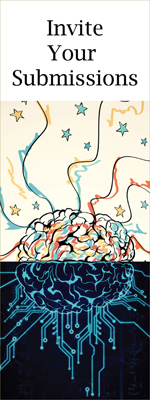Analysis of Adverse Events of Endoscopic Ultrasound-Guided Lumen-Apposing Metal Stent Placement: Insights Across Various Indications and Techniques
DOI:
https://doi.org/10.14740/gr1793Keywords:
Endoscopic ultrasound, Lumen-apposing metal stent, Adverse eventsAbstract
Background: Endoscopic ultrasound (EUS)-guided lumen-apposing metal stent (LAMS) placement is increasingly being used in lieu of surgery for multiple procedures, including transmural fluid drainage. However, few studies have evaluated adverse events (AEs) associated with LAMS placement. Our aim was to characterize the rates of AEs associated with several LAMS placement strategies across different procedures and indications.
Methods: A single-center retrospective cross-sectional study was conducted on patients who underwent EUS-guided LAMS placement between 2015 and 2023 at a single institution. Technical and clinical success rates and rates of early and late AEs were analyzed. Comparisons of AE rates were determined for patients who had LAMS dilation versus those without dilation, patients who had plastic stent placement in addition to LAMS placement versus those with no plastic stents, and patients who had combined dilation and plastic stent procedures versus those with LAMS dilation only.
Results: A total of 243 patients underwent EUS-guided LAMS interventions: 110 (45.3%) women and 133 (54.7%) men (mean age 53.7 ± 15.9 years). There were 96 (39.5%) patients who had at least one AE. Abdominal pain was the most common early and late AE. Plastic stent placement alongside LAMS placement was associated with a significantly higher rate of overall AEs (48.3% vs 29.9%; P = 0.009), late AEs (33% vs 17.9%; P = 0.021), and stent occlusion (5.7% vs 0%; P = 0.046). LAMS dilation was associated with higher rates of late AEs (34.2% vs 20.6%; P = 0.022) and stent occlusion (6.2% vs 1.0%; P = 0.049).
Conclusions: LAMS placement showed high technical and clinical success rates across different indications with mostly mild AEs, suggesting that LAMSs may be safe and effective for pancreatic and biliary drainage.

Published
Issue
Section
License
Copyright (c) 2024 The authors

This work is licensed under a Creative Commons Attribution-NonCommercial 4.0 International License.









